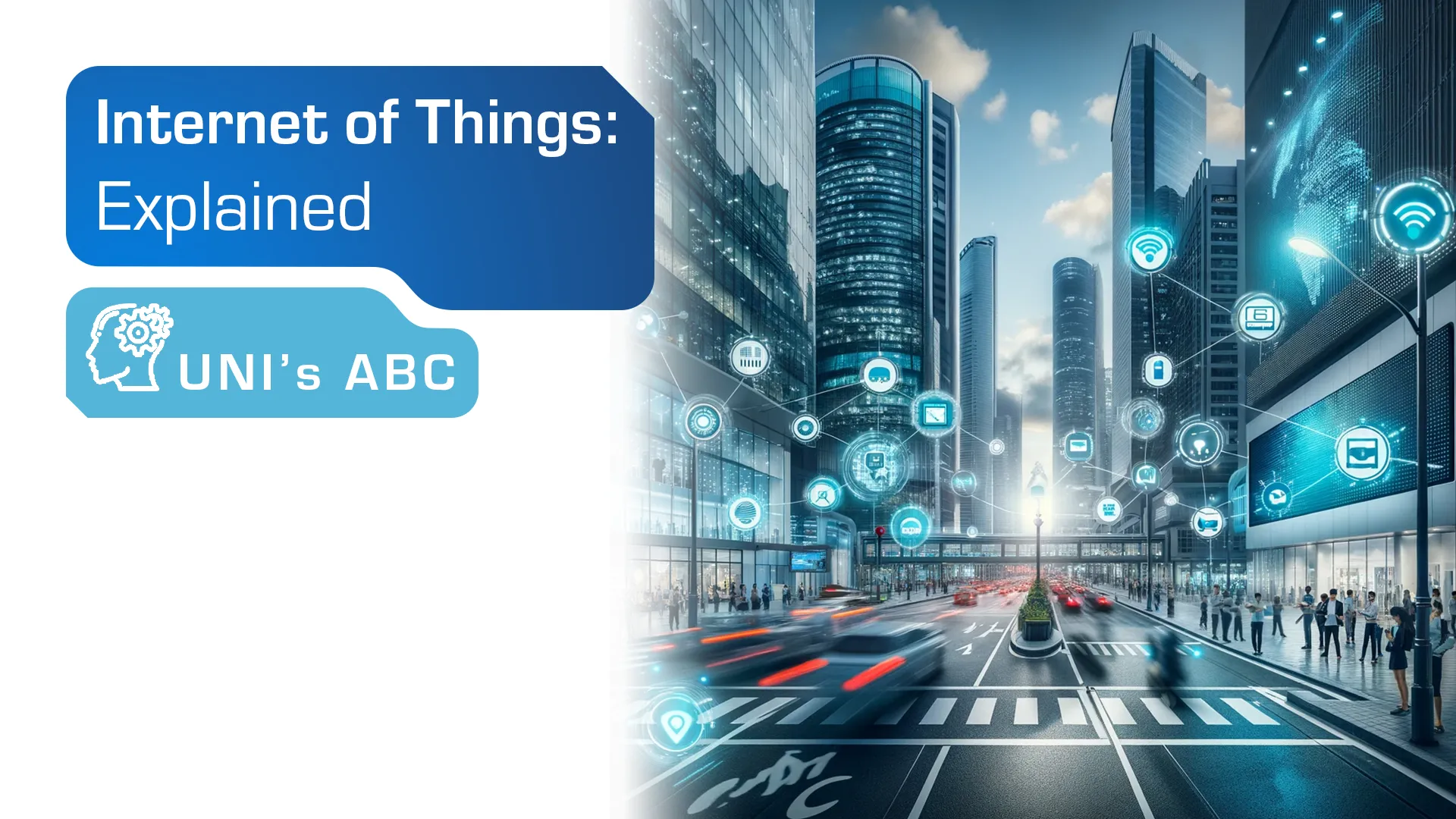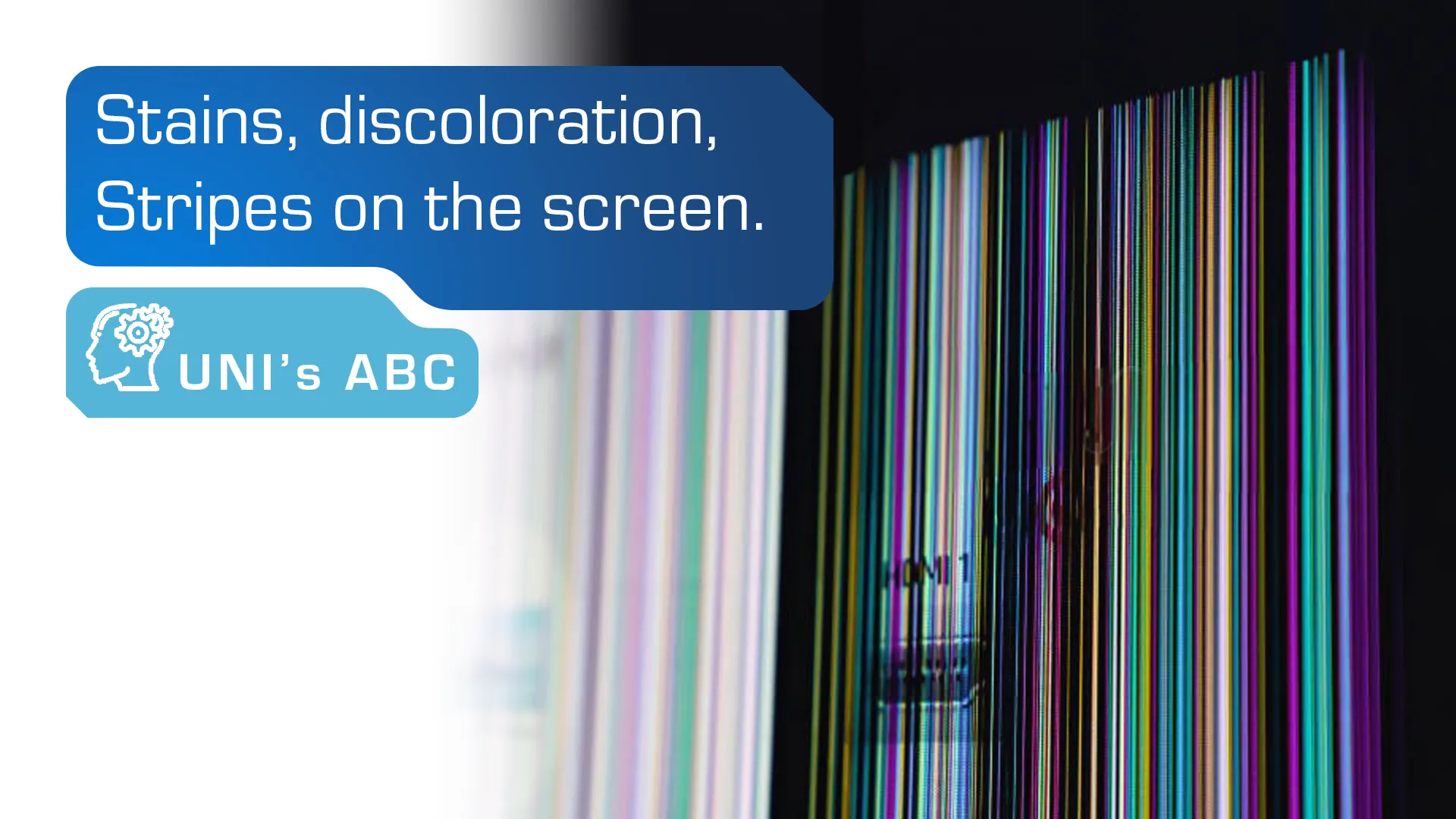Table of Contents

IoT devices? – There is probably no longer any doubt that we are surrounded by them. Experience suggests that in the case of some applications, we can talk about certain “standards”, such as the fairly widespread use of OLEDs in the so-called “standard”. wearables, or wearable devices. In the article – using three selected applications as an example – we indicate which data visualization technologies Unisystem’s customers are most likely to use.
Introduction
What is IoT? In the report “IoT in the Polish Economy,” prepared by the IoT Working Group. The Internet of Things at the Ministry of Digitization has proposed three variants for the definition of IoT. For the purposes of this article, we will use a technological term: “IoT is a network connecting wired or wireless devices characterized by autonomous (not requiring human involvement) operation to acquire, share, process data or interact with the environment under the influence of this data (…)”. It can be assumed that the use of IoT devices is possible in almost every area of life – currently such equipment is used, among others. In medicine, industry, transportation or agriculture (not forgetting about their “typical” use within intelligent buildings ).
Forecasts for the IoT market
According to International Data Corporation’s predictions, the IoT market in Poland is set to accelerate in the coming years – in 2023. It can reach almost 24%. The coronavirus pandemic does not seem to have stifled IoT development. IDC reports that in 2020. 444.7 million units of wearable devices were purchased worldwide, translating into a 28.4% increase. Among them. smartwatches, which we now use not only to track activity on a smartphone, but also, among other things. increasingly popular cashless payments. In recent months, we have also seen how much potential there is in telemedicine. The need for continuous monitoring of a patient’s condition creates a demand for, for example, pulse oximeters that alert services when vital signs are detected. Availability of IoT devices may be an issue – we are still feeling the effects of last year’s and this year’s production outages, among others. in the form of lengthening wait times for delivery of some components, including displays. According to analysts, this situation may continue until the end of 2021.
Displays for IoT
Smart buildings. Focusing on convenience, we are increasingly placing IoT devices in the space of our homes, for example. These include. fairly popular vacuuming and/or mopping robots. Heating management systems are also noteworthy solutions – they make it possible to regulate the temperature level in individual rooms. Often, panels are used to set appropriate parameters, such as heaters, which are expected to be not only ergonomic, but also aesthetically pleasing, making LCD-TFTs a popular type of display implemented in such applications. It is worth mentioning that there are almost off-the-shelf modules available on the market, including pre-bundled solutions with touch panels. These include. The 5-inch RVT50AQEFWC00 from Riverdi, which we can program ourselves in Python.

Industry. Examples of IoT equipment used in industry include. portable measuring devices – now the information they collect can be sent to central databases in real time. These are applications that can be classified as “demanding” – if they are designed to work, for example, in production halls, they can be exposed to undesirable factors, among others. interference, shock and vibration, low and high temperatures, and the risk of dust or flooding.
This type of equipment will work well, among others. single-color OLED displays, which provide excellent readability of the presented content (both in light and darkness, regardless of the direction of observation) in extreme temperatures (their operating range is defined even in the range from -40 to 80°C). Worth noting are the WEO012864G series models from Winstar – these are 2.42-inch OLEDs available in four color options: white, yellow, blue and green.
In the event that the device screen will be used to present, for example, diagrams or charts, OLED displays can be replaced by LCD-TFT displays with appropriately selected parameters, paying attention primarily to brightness (at least 1000 cd/m2), viewing angles (full) and operating temperature range (at least -20~70°C). This characteristic includes. 4-inch model WF40ESWAA6MNN0# from Winstar (1000 cd/m2, 80°/80°/80°/80°/80°, -30~80°C, supported via MIPI interface).
For additional protection against dust or water, consider placing the module in an appropriately sealed enclosure, such as one marked IP 65, which – according to PN-EN 60529 (the equivalent of the international IEC 60 529 standard) – provides complete dust-proofing, as well as partial waterproofing. Learn more about IP codes.

Trade. One of the most common IoT solutions in commerce is monitoring systems. Today, they are used to observe not only the space, but also the behavior of customers, allowing optimization, for example, of the arrangement of individual products. Another solution from the IoT area that we are increasingly using in stores are electronic labels. The most common displays used as “price tags” are EPDs, such as the 2.9-inch EL029TR1 or the 5.65-inch ED057TC6 from E Inka. E-paper solutions work well in intensely lit retail spaces – the content presented on them is perfectly readable regardless of the direction of view. What’s more, they are energy-efficient – they draw a small amount of electricity only when the image changes, so they can be battery-powered. It is worth mentioning that all electronic media for visualizing information allow automating the process of changing the content presented on them – the prices visible on the labels can be updated in the system at any time, without the need to involve a team of employees.
Summary
The solutions presented are only sample case studies. Nothing prevents you from “experimenting” in the case of selected applications. Imagine a situation where a customer is looking for a display for a panel intended for implementation in a fully green home. In this case, as long as the budget allows, it is worth considering the use of an EPD solution, which will further emphasize the “green” character of the building.
2019-08-08
Recent Knowledge

Internet of things, what it is and examples of industrial applications
The Internet of Things (IoT) is one of the most promising and rapidly developing technologies of recent years. Its application in business brings great opportunities to optimize processes, reduce costs […]

Stains, discoloration, stripes on the screen – how to identify and repair defects in industrial displays?
The dark spot on the iPhone screen, the black spot on the TV, the colored spots on the phone screen, the yellow spot on the display … Problems with screens […]

Basic electronic components in industry – a guide for beginners
Electronics has played an extremely important role in all branches of modern industry for many years. It allows automation of production processes, precise control of machines and equipment, collection and […]

Optoelectronics – basic information and example applications
Optoelectronics is the branch of electronics that deals with the conversion of electricity into light and light into electricity using semiconductor materials called semiconductors. Semiconductors are crystalline solid materials with […]



